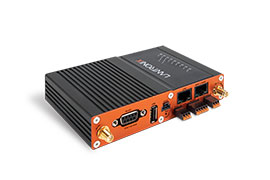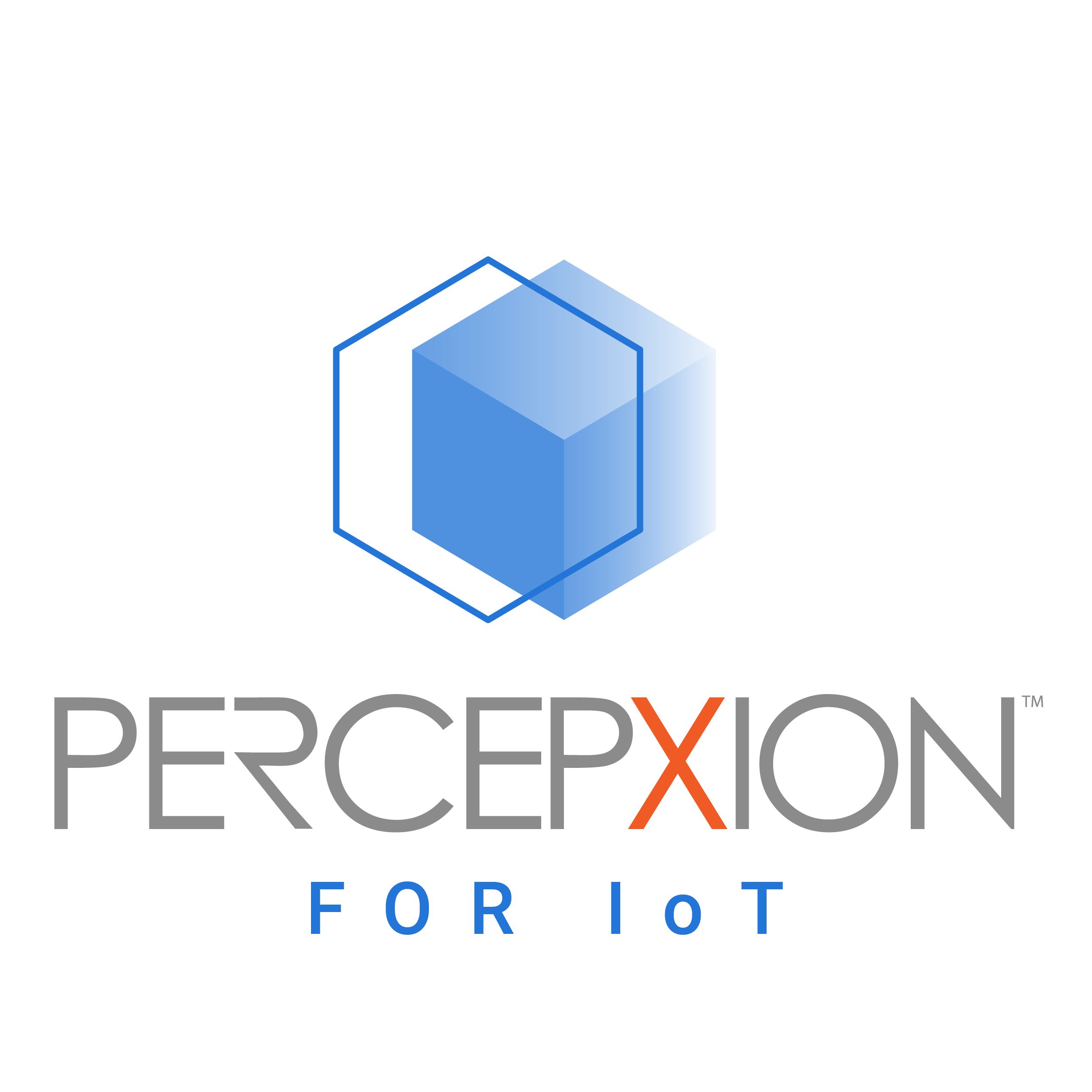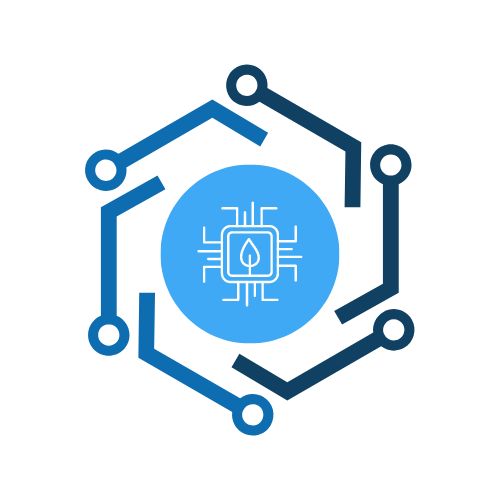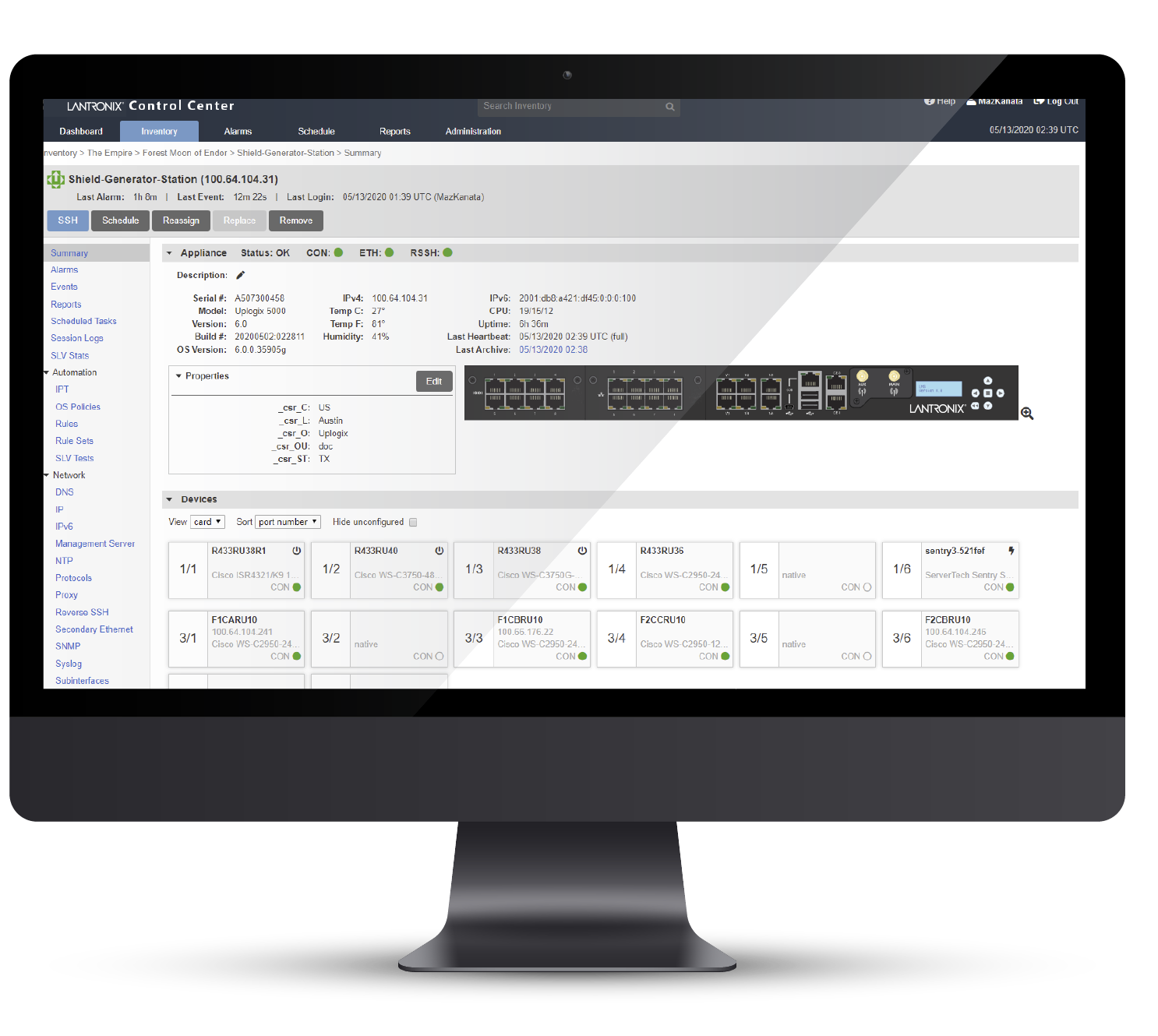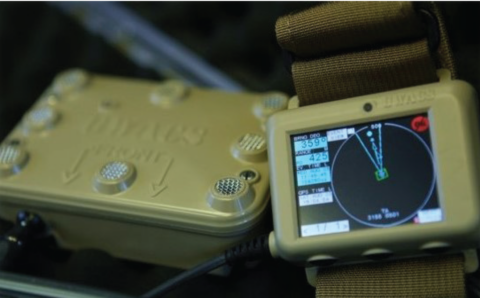Ethernet Auto-MDI/MDIX
Normally, Twisted Pair ports must be connected so that the Transmit pair on one end is connected to the Receive pair on the other end, and vice versa. If the cabling is done so that Transmit on one end is wired to Transmit on the other, and Receive is wired to Receive, the link will not come up.
Hubs and switches are deliberately wired opposite the way end stations are wired, so that when a hub or switch is connected to an end station, a “straight through” ethernet cable can be used and the pairs will match up properly. When two hub/switches are connected to each other, or two end stations are connected to each other, a “crossover” cable is used to make sure that the correct pairs are connected.
The standard wiring for end stations is known as “MDI” (Media Dependent Interface), and the standard wiring for hubs and switches is known as “MDIX” (Media Dependent Interface with Crossover).
On certain devices, it is possible for hardware to automatically correct errors in cable selection, making the distinction between a “straight through” cable and a “crossover” cable unimportant. This capability is known as Auto-MDI/MDIX.
On some products, including the CFETF100 Media Converter, Auto-MDI/MDIX is simply either enabled(1) or disabled(2). When disabled, the port reverts to MDI mode.
On other products, like the CBFTF100 Switch, Auto-MDI/MDIX on Twisted Pair switch ports can be set to auto(1), MDI(2), or MDIX(3). For fiber switch ports, Auto-MDI/MDIX has a read-only value of notApplicable(4).
